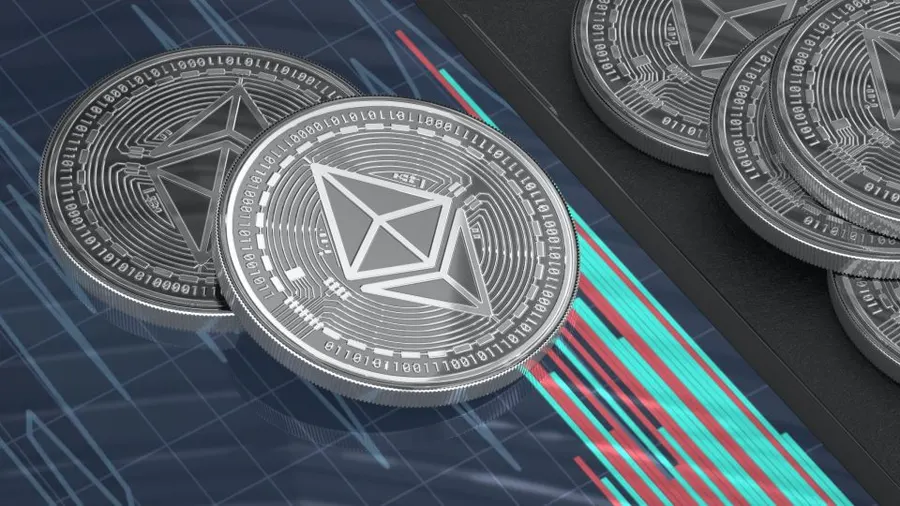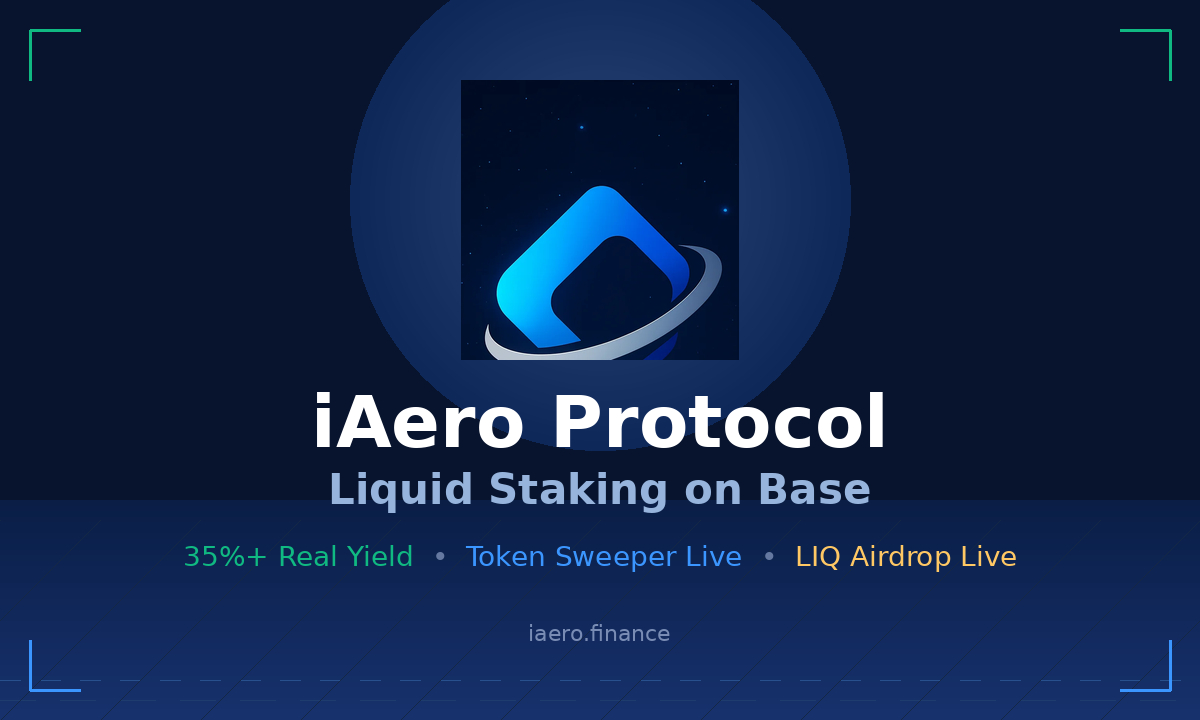Key Points:
- Ethereum’s post-Shanghai upgrade reveals a decline in key metrics: -12% daily transactions, -20% daily active addresses, -8% total value locked.
- Staking has surged by 50% post-upgrade, enhancing network security, but concerns about centralization persist.
- The upcoming EIP-4844 upgrade holds promise to counter Ethereum bearish signals, but crypto markets remain uncertain.
JPMorgan’s analysis shows that post-Shanghai upgrade, Ethereum faces challenges: -12% daily transactions, -20% active addresses, -8% total locked value. EIP-4844 upgrade brings hope amid Ethereum bearish signals.

Ethereum’s Post-Shanghai Update Disappoints
Ethereum is facing headwinds, according to a recent analysis by JPMorgan Chase. Despite the much-anticipated Shanghai upgrade in April, the network has encountered unexpected challenges.
JPMorgan’s team, led by managing director Nikolaos Panigirtzoglou, highlighted that although the upgrade brought significant changes, it fell short in some areas.
Staking surged by 50% post-upgrade, reflecting increased network security. However, the rise in network activity was disappointing. Daily transactions dropped by 12%, while daily active addresses and total locked value plummeted by 20% and 8%, respectively.
EIP-4844: A Glimmer of Hope Amid Ethereum’s Bearish Signals
One of the primary goals of the Shanghai upgrade was to reduce Ethereum’s energy consumption by transitioning from proof of work to proof of stake. While it succeeded in this aspect, concerns about centralization remain due to the high share of liquid staking protocols like Lido.
The crypto community’s hopes are now pinned on the EIP-4844 upgrade, also known as “Protodanksharding,” scheduled for completion by year-end. It promises to enhance Ethereum’s data processing capabilities. However, JPMorgan analysts caution that despite these efforts, “continued bearish crypto forces remain a headwind.”
DISCLAIMER: The Information on this website is provided as general market commentary and does not constitute investment advice. We encourage you to do your own research before investing.























